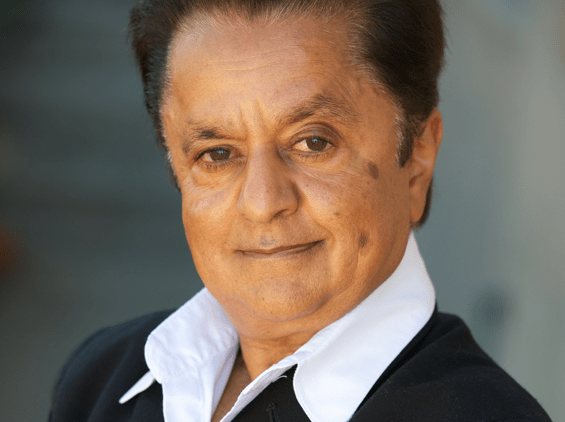
Early on in Roald Dahl’s book “Charlie and the Chocolate Factory,” Grandpa Joe lets Charlie in on a secret: late at night, an army of tiny “secret workers”—Oompa Loompas—can be seen plugging away behind Mr. Wonka’s gates. Last year, a similar air of enigma surrounded Pinewood Studios, near London, where the director Tim Burton was filming an adaptation of the book. Unbeknownst to the world’s Oompa Loompa watchers, he had hired the actor Deep Roy to play every last one of the workers. (Mel Stuart, in his 1971 version, used ten dwarfs.) In a series of Busby Berkeleyesque production numbers, Roy, with the help of digital technology, is refracted into a sort of kaleidoscopic one-man corps de ballet. Inscrutable hybrids of Punjab and Marvin the Martian, their hair sculpted to resemble chocolate kisses, Roy’s Oompa Loompas are the film’s comic engine. An uninformed moviegoer could be forgiven for wondering, in the manner of Charlie, “But, Grandpa, who, whois Mr. Burton using to do all the work in the factory?”
“My family had to sign releases; I didn’t tell anybody,” Roy recalled the other day from his home in Santa Monica. “But then word leaked out that there’s only one man playing all Loompas.” One man, all Loompas: it takes some getting used to. But Roy, who was born in Nairobi to Indian parents (he’s descended from a maharaja) and has been acting for more than thirty years (his résumé includes roles in “Planet of the Apes,” “Return of the Jedi,” and “Poltergeist II”), was up to the job. As the Loompas, he sings, disco-dances, smashes guitars, and swims synchronically; he’s a chef, a barber, a shrink, a secretary, and exactly one hundred and twenty-one other things. “People were asking me who were going to be the other Oompas, and I said to them, ‘I don’t know,’ ” Roy recalled.
The idea, originally, was that Roy would have some help either from child actors or from what he called “some small, special ladies.” When that didn’t work (fatigue and bustlines, respectively), Roy volunteered to take on their duties. “I said, ‘Let me do it all myself.’ They said, ‘Are you sure?’ And I said, ‘Yeah. It’s easy!’ ”
Actually, becoming all the Loompas was an exhaustive process. First, Burton called for a screen test. Roy, whose previous dancing experience was limited to birthday parties and weddings—“You know, one has a couple of drinks and goes on the floor”—quickly put together an act. “I picked ‘It’s Not Unusual,’ and then I did the little hop that Tom Jones does and moved my hips,” Roy said. “Tim loved it. He came up to me and said, ‘Did you know that I used Tom Jones in “Edward Scissorhands” ?’ ”
Next, Roy began a Wonkian regimen of excessive moderation. “They put me on a special diet,” he said. “I love beer, but beer is full of carbs and all that. They measured me every week, so that I didn’t gain weight.” (He started out at four feet four inches and seventy-four pounds.) Every day at 6 a.m., he practiced Pilates with a trainer. It took six months of fourteen-hour days to complete the filming of Roy’s four song-and-dance extravaganzas. Burton calls him “the hardest-working man in show business.”
Roy’s multifaceted performance has caused some controversy among his peers. In 2004, in a Los Angeles paper, Eugene Pidgeon, an actor and writer turned labor activist for dwarf performers, published a manifesto entitled “Little People’s Progress.” In it, he addressed two key problems: a dearth of decent roles for little people, and the threat to their livelihoods posed by animation technology. “My argument is that if you’re going to computer-generate us out of roles that we have traditionally taken, you have to provide others,” Pidgeon said over the phone from Hollywood. “Oompas, trolls, elves, cupids are just going to disappear en masse.”
A few months ago, after a year of agitating, Pidgeon persuaded the Screen Actors Guild to ratify his proposal for an advocacy committee, to be called the Short-Statured Actors Forum.“For every Deep Roy, there are a hundred and fifty of us who are forced to do wacked-out shit on ‘The Man Show,’ ” he said. “I’d like Tim Burton to tell me to my face what is the benefit of hiring one dwarf actor and computer-generating him when he could hire seven.” He continued, “We’re standing at the gate and we’re raising our hands and saying, ‘Pick me!’ And then Tim Burton comes out and says, ‘I’m sorry, guys, go on home. We’ve got this machine that can do all your jobs.’ ”
